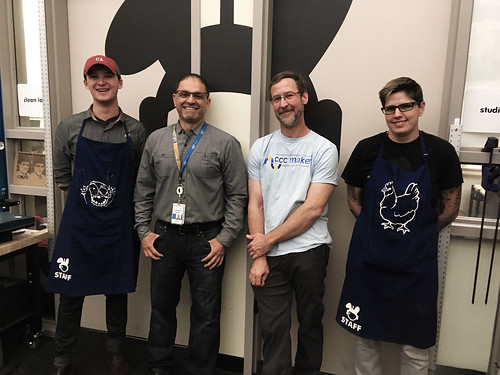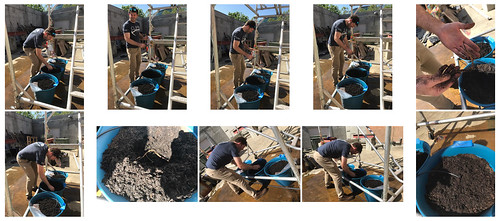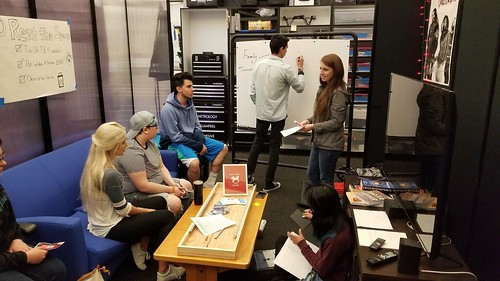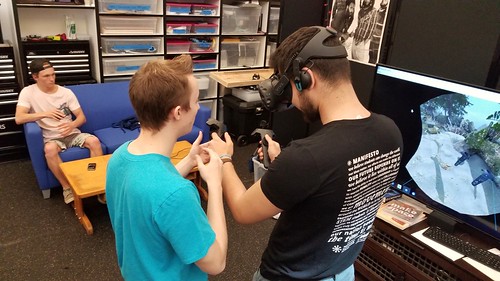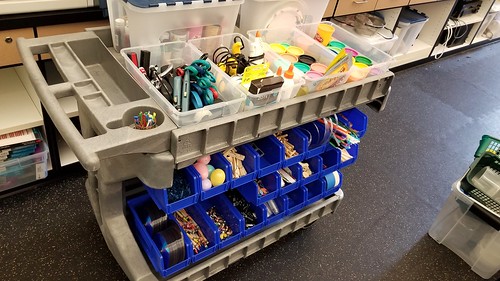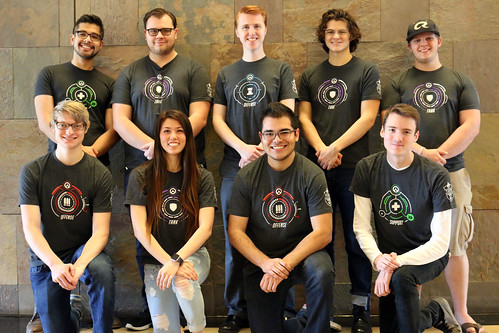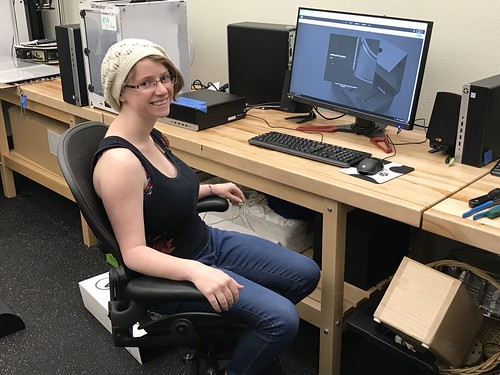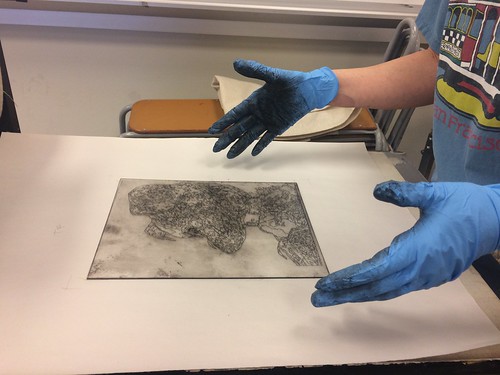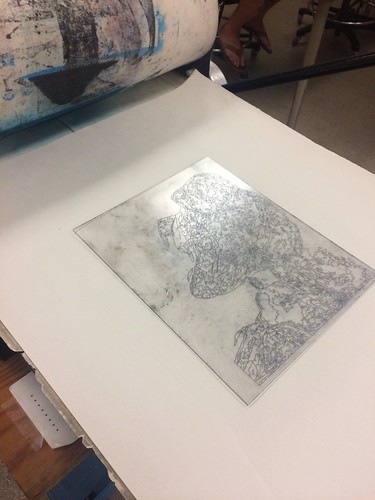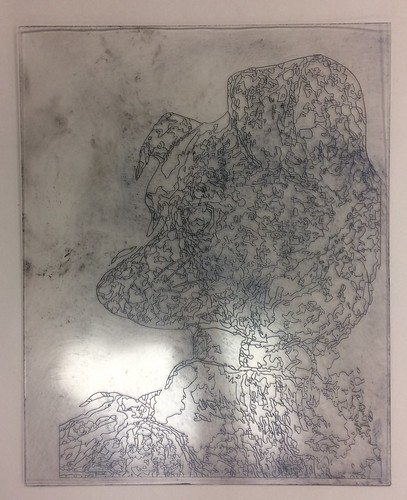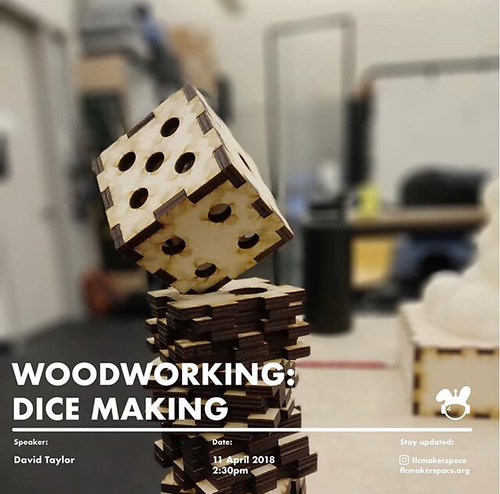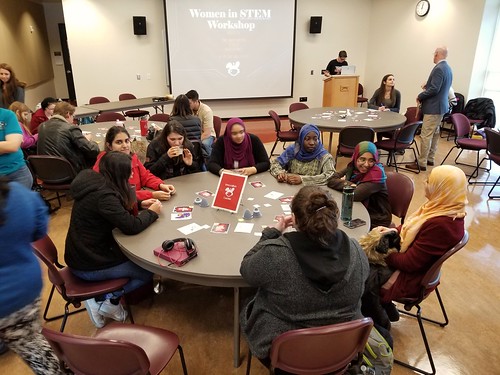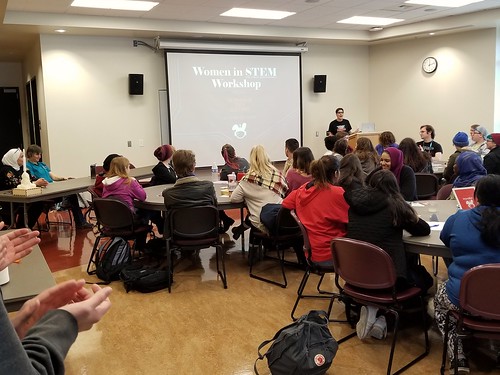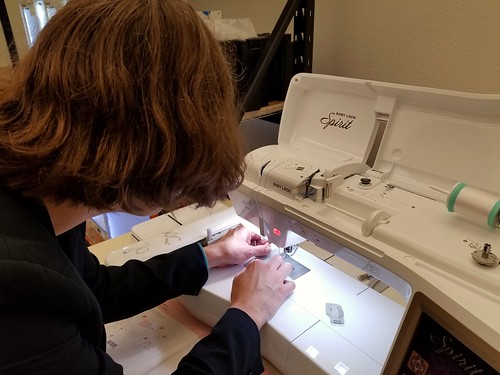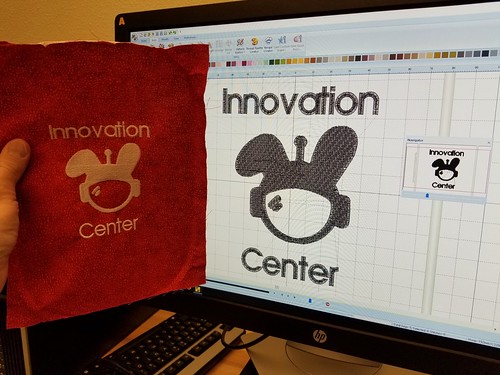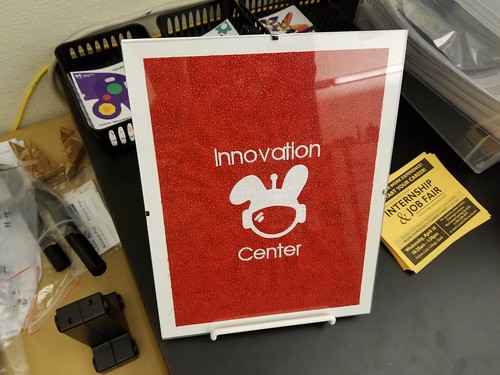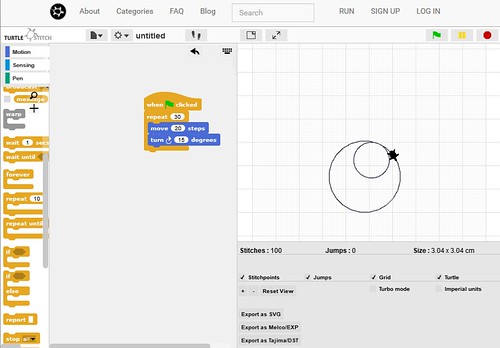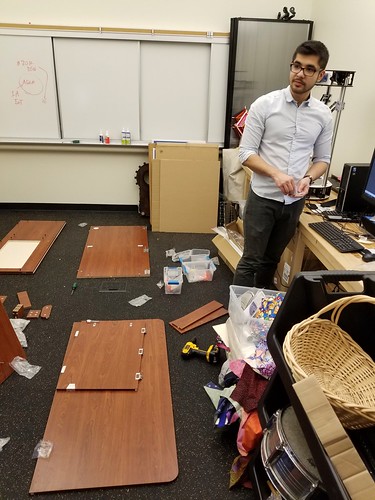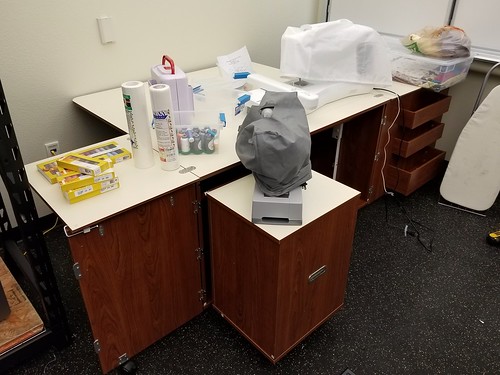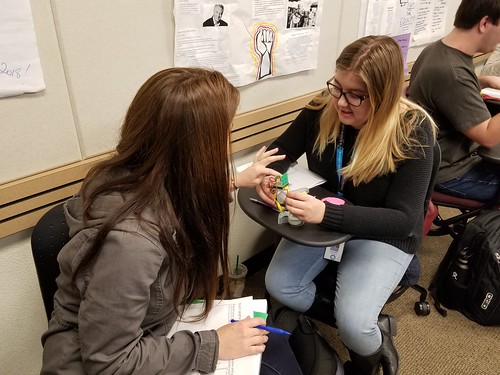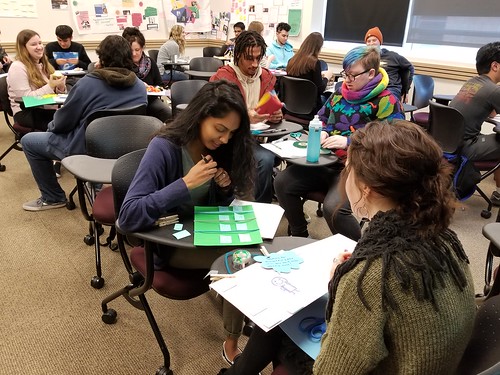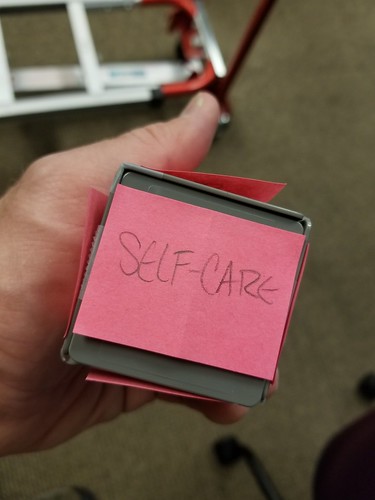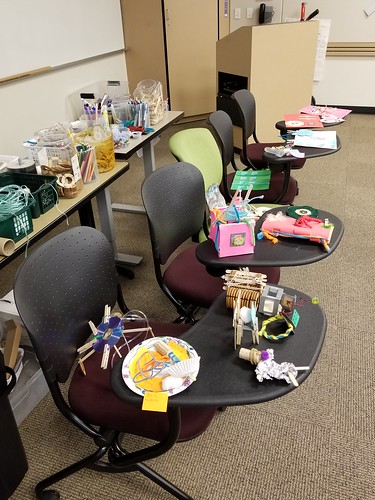I’ve been thinking about ways to connect with our sister labs in the CCC Maker community. Inspired by Deborah and Salomon’s party favors from visits to the PCC space and related events…
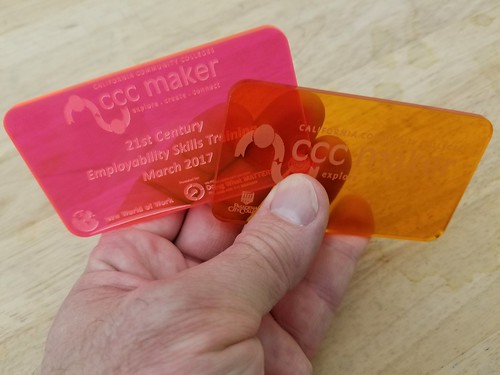
…and by the excellent light created by the folks at Sierra College we received as a gift at the advisory board meeting…
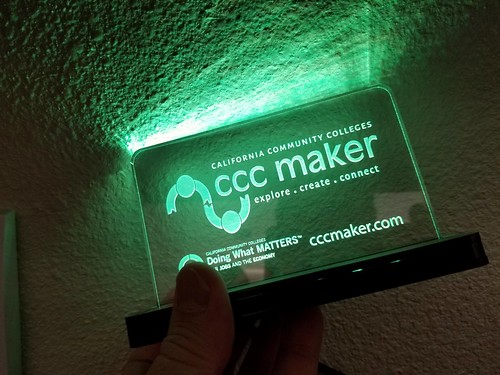
…and by a project that we worked on with FLC faculty last semester, creating stickers for our Science Center hands-on workshop series…

The hexagon is a fascinating shape, and I’ve spent a lot of time with them for various kumiko-inspired project(s). It’s the shape I’d like to propose.
For the sticker project, we used a published hexagon laptop sticker standard, which states:
A hexagon sticker must be represented by a regular hexagon where the largest diagonals should measure 5.08 centimeters, and which must remain within 1 millimeter tolerance. The sticker must be oriented with a vertex positioned at the top.
I developed an Illustrator file of 24 hexagons – 1 for each college in the network – and worked up a prototype this morning.
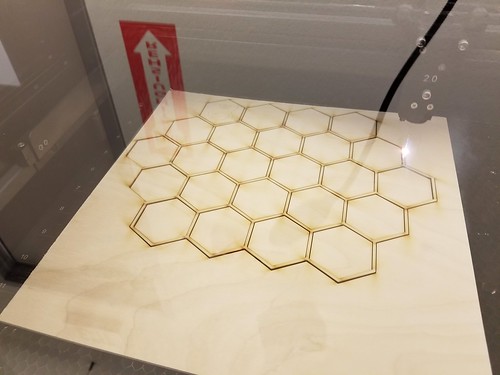
One nice things about the size of the hexagons and the number of colleges in the network is that all of the chips (and a little frame besides) fit on a standard 12″x12″ piece of hobby plywood, a common material used with a laser.
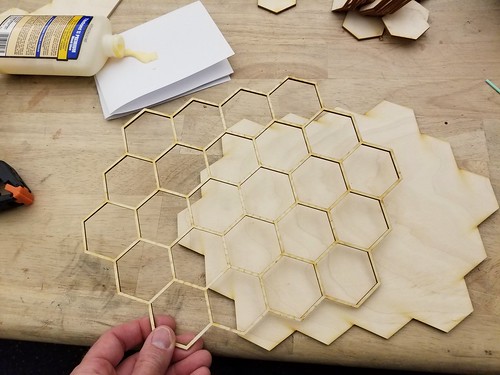
I cut a second outline on another piece of wood to act as a back, and glued the whole thing up, placing a few Nova (our space bunny mascot) hexagons to visualize how it might look.
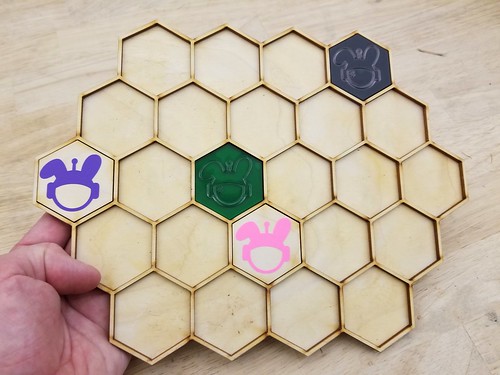
Here’s the PDF, which can be opened in Illustrator or Inkscape and tweaked to match the settings of your laser or whatever other machine you might want to use: cccmaker_hexgrid_v1
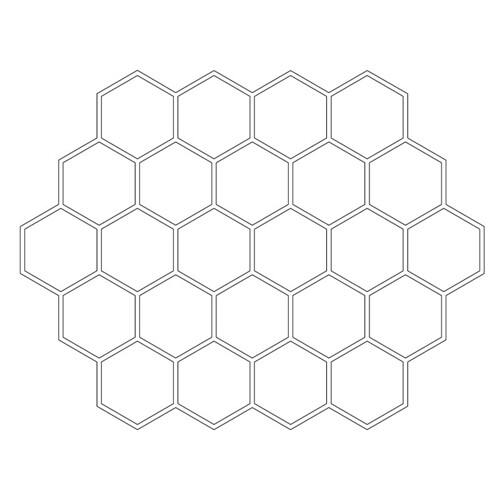
My dream would be that every makerspace in the CCC Maker network would have one of these on the wall, with chips from each of the participating colleges. Any material – wood, metal, clay (Payson – I’m looking at you) – and more or less 3mm thick. Who’s with me?


